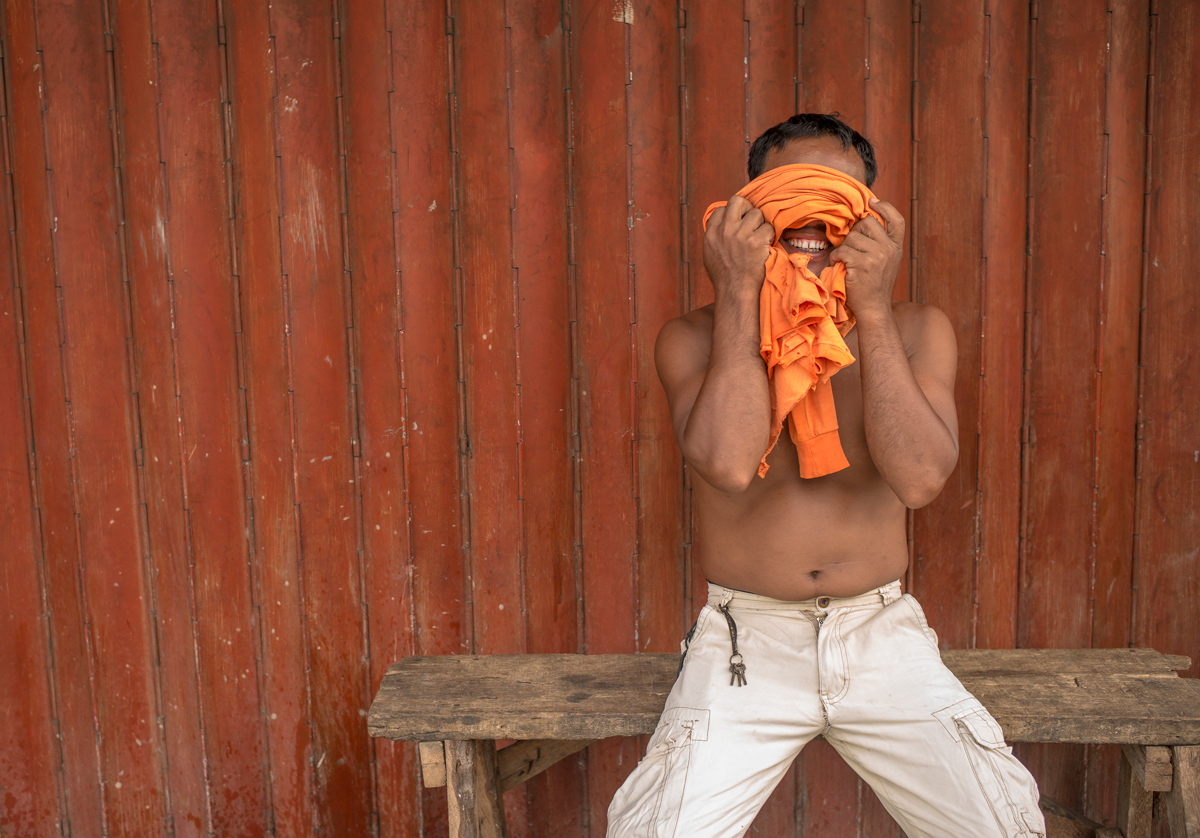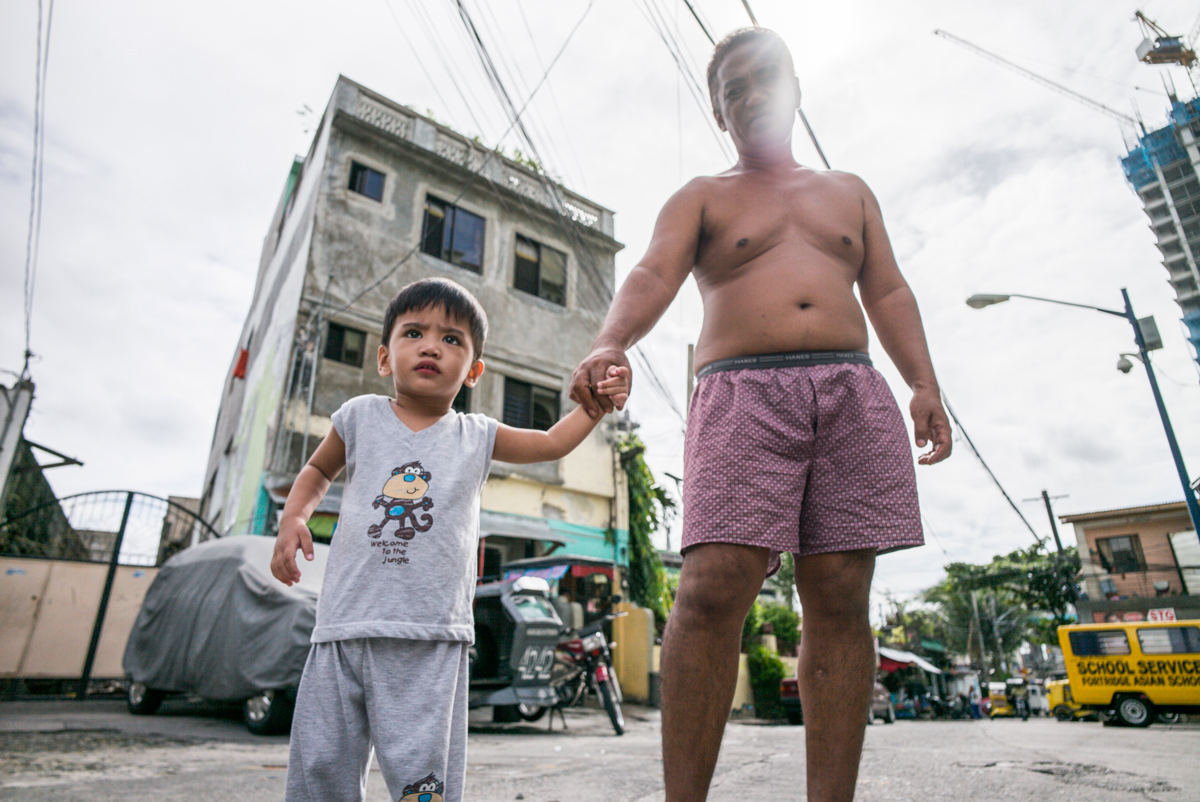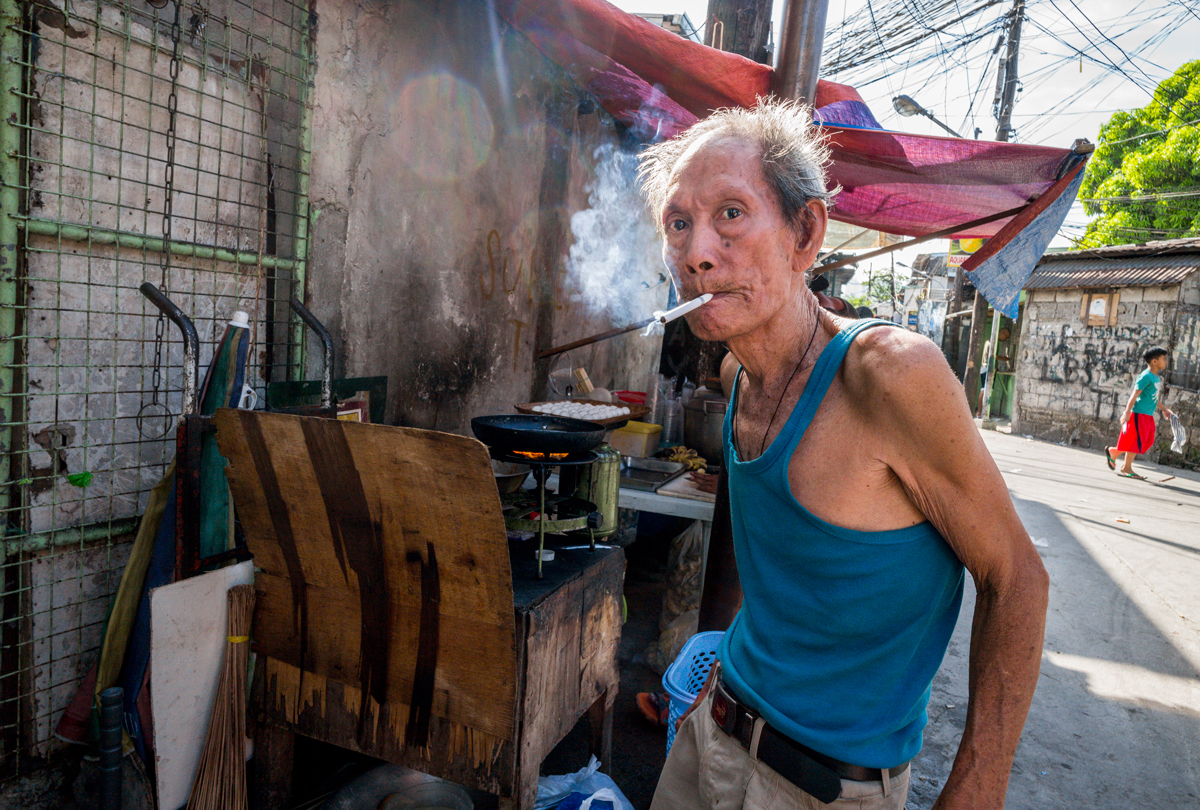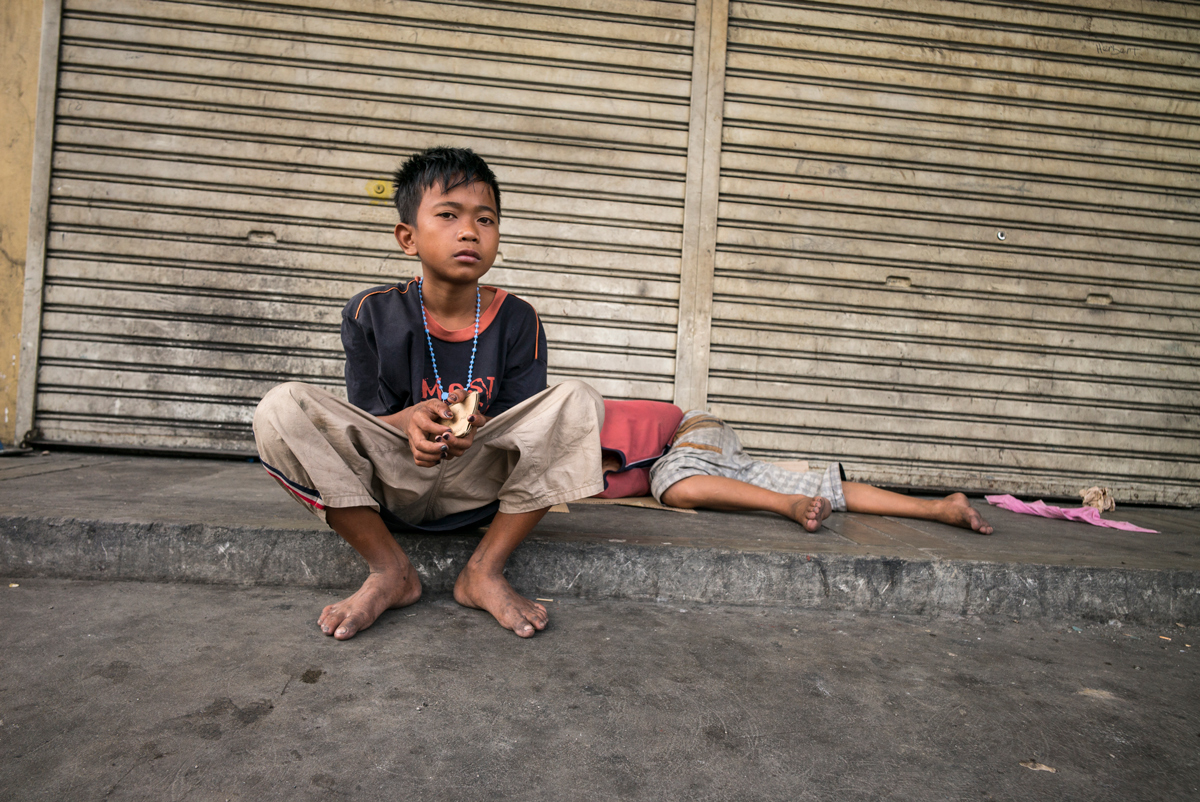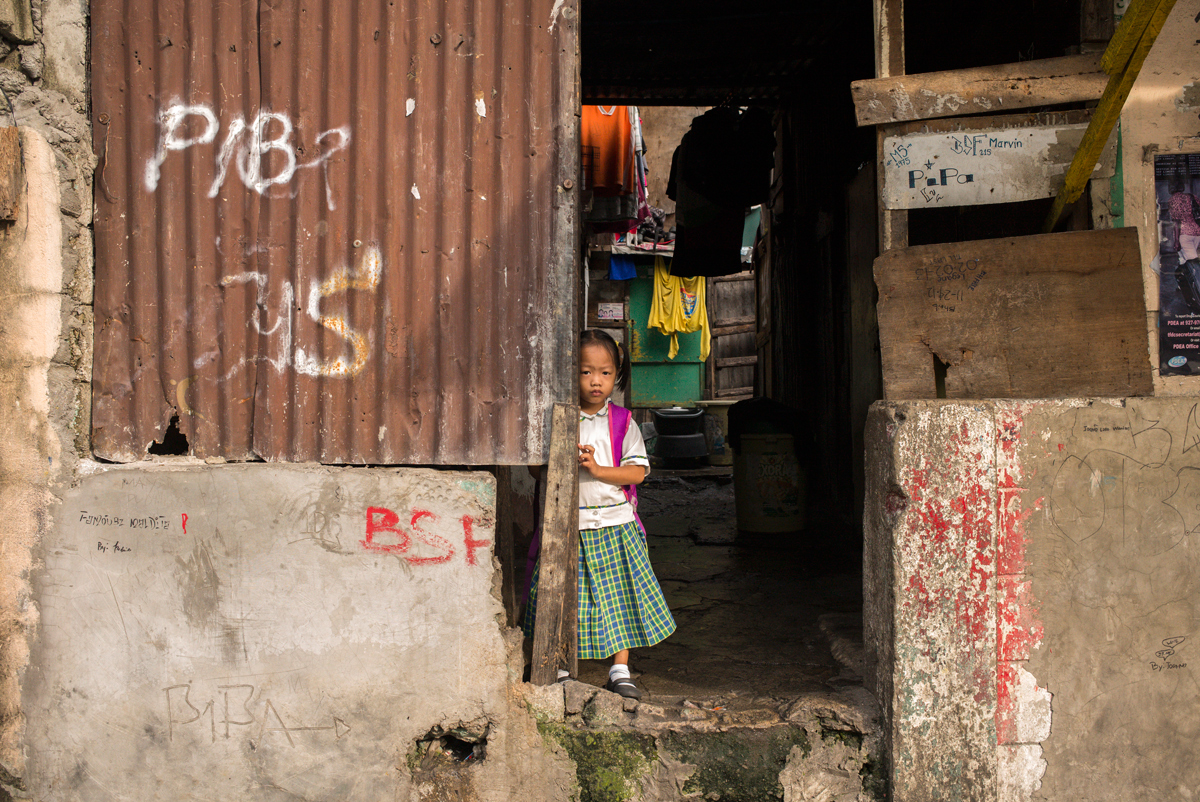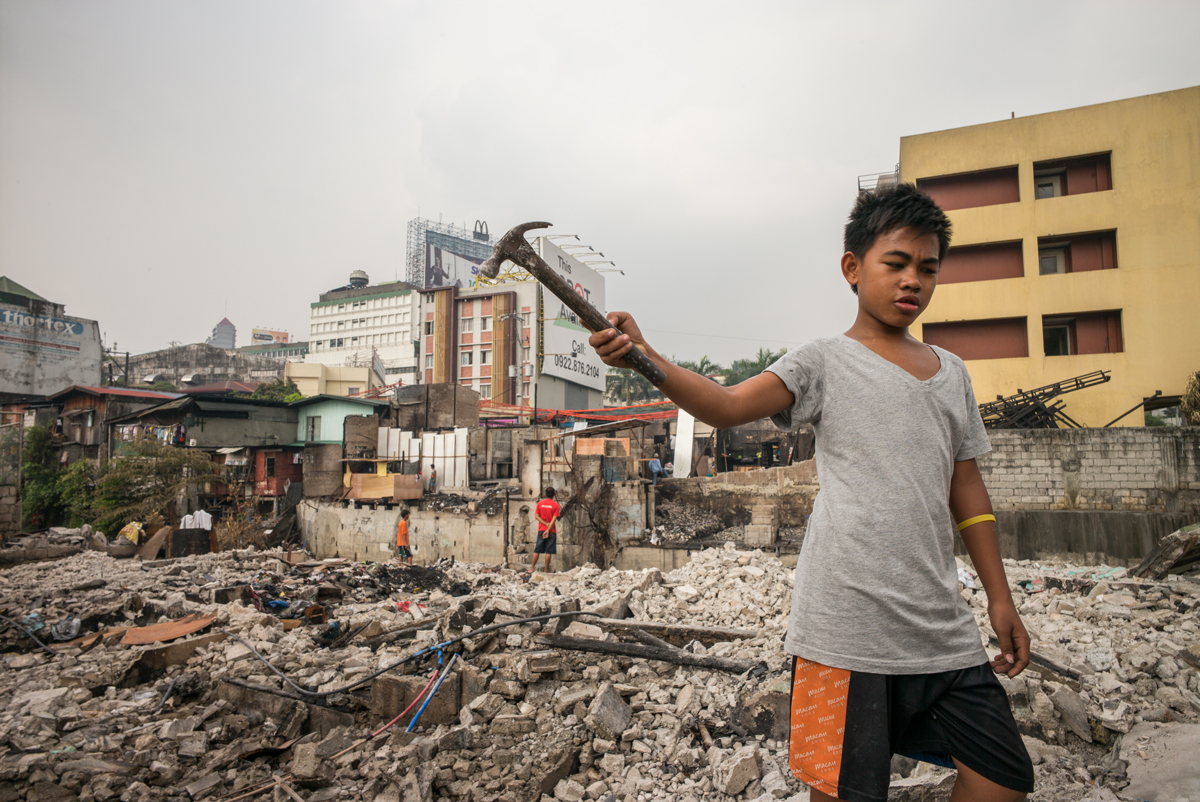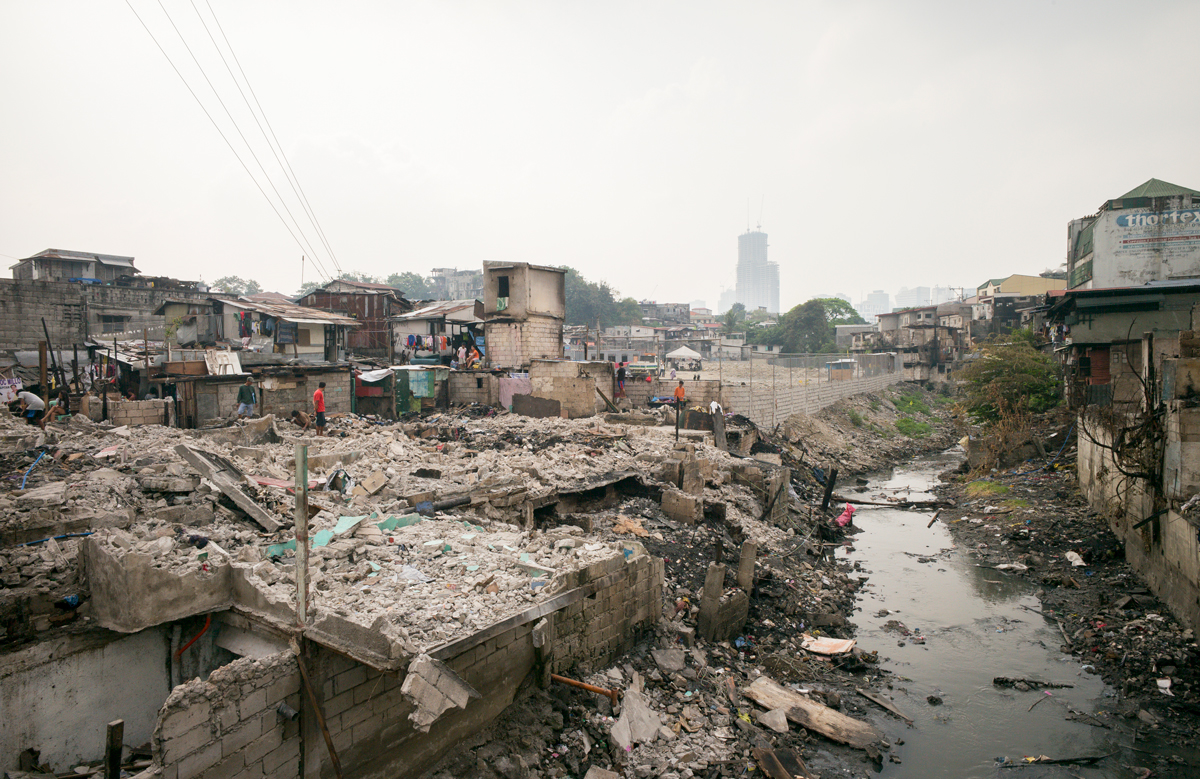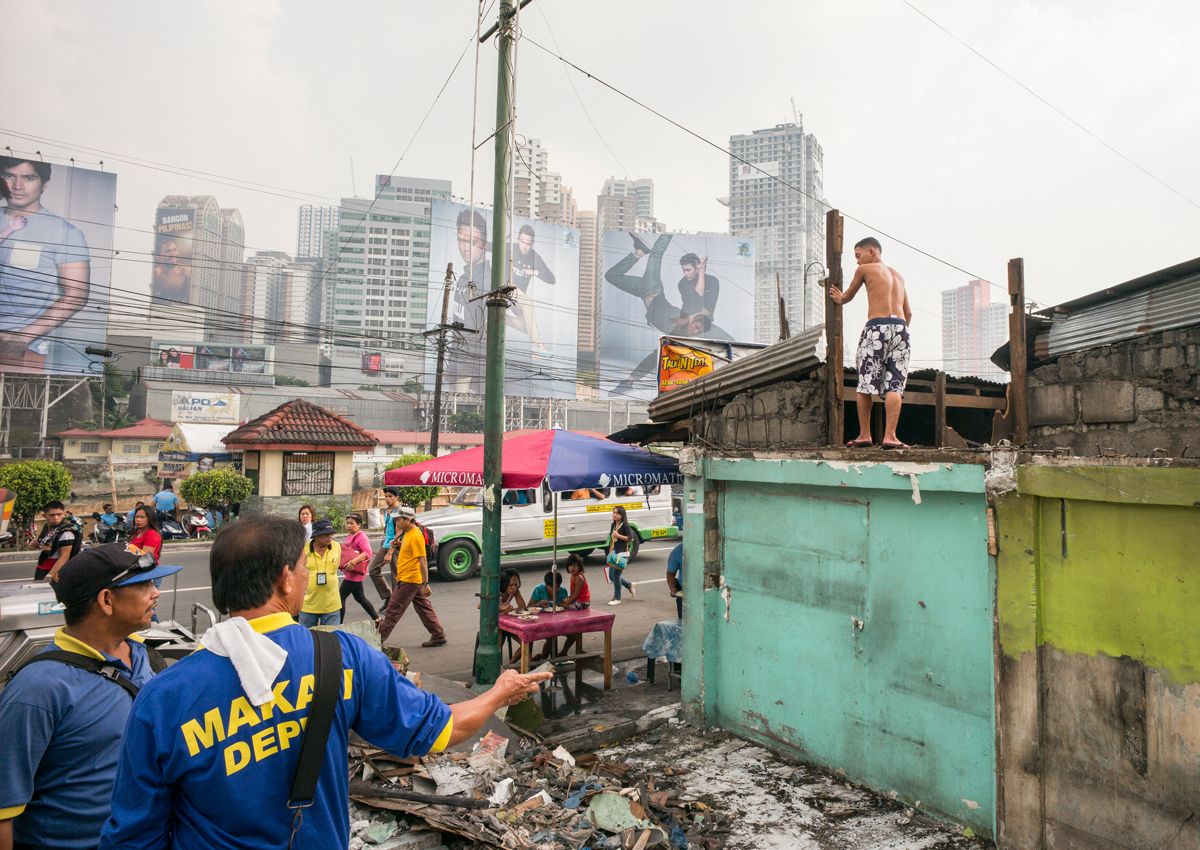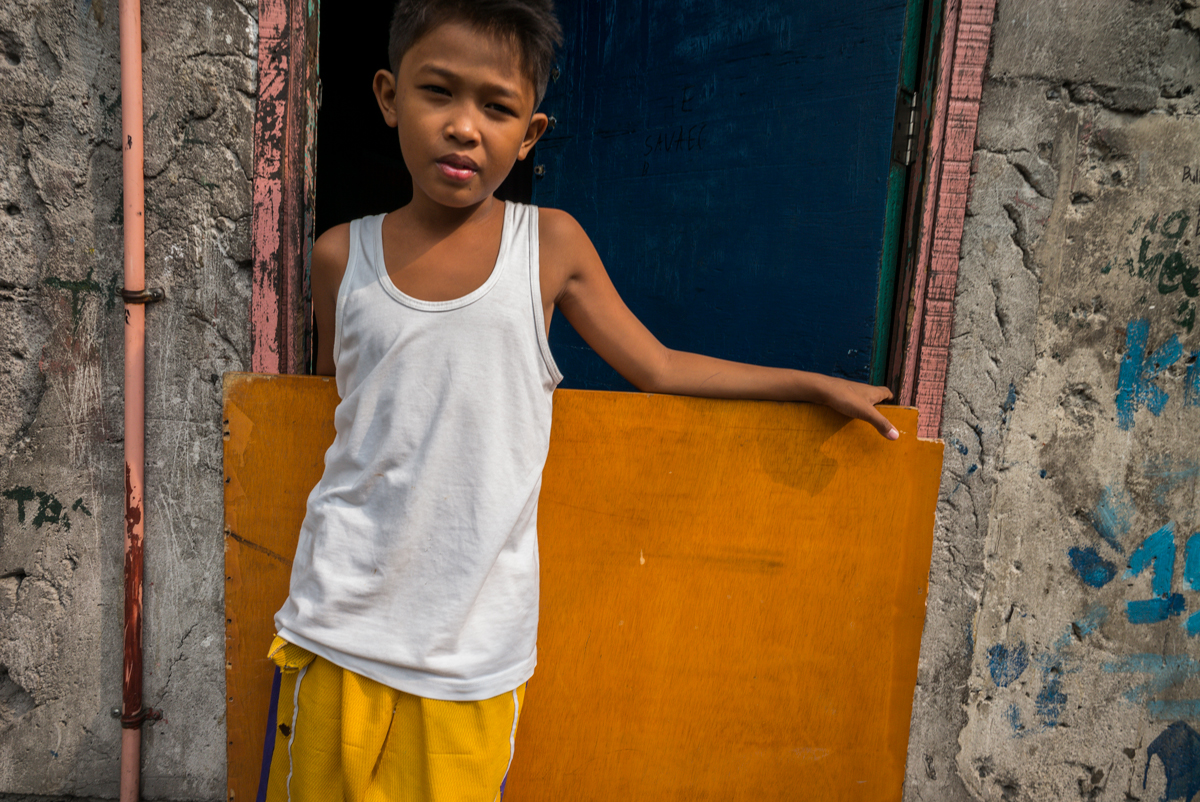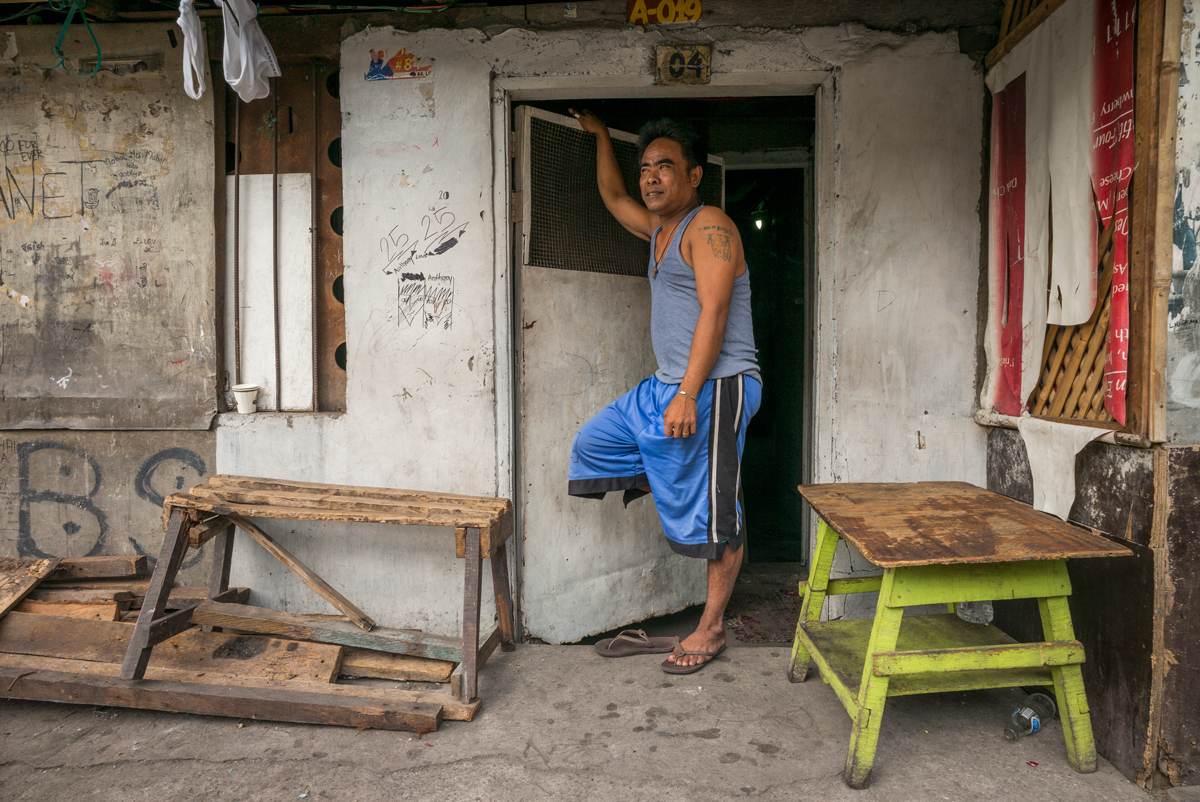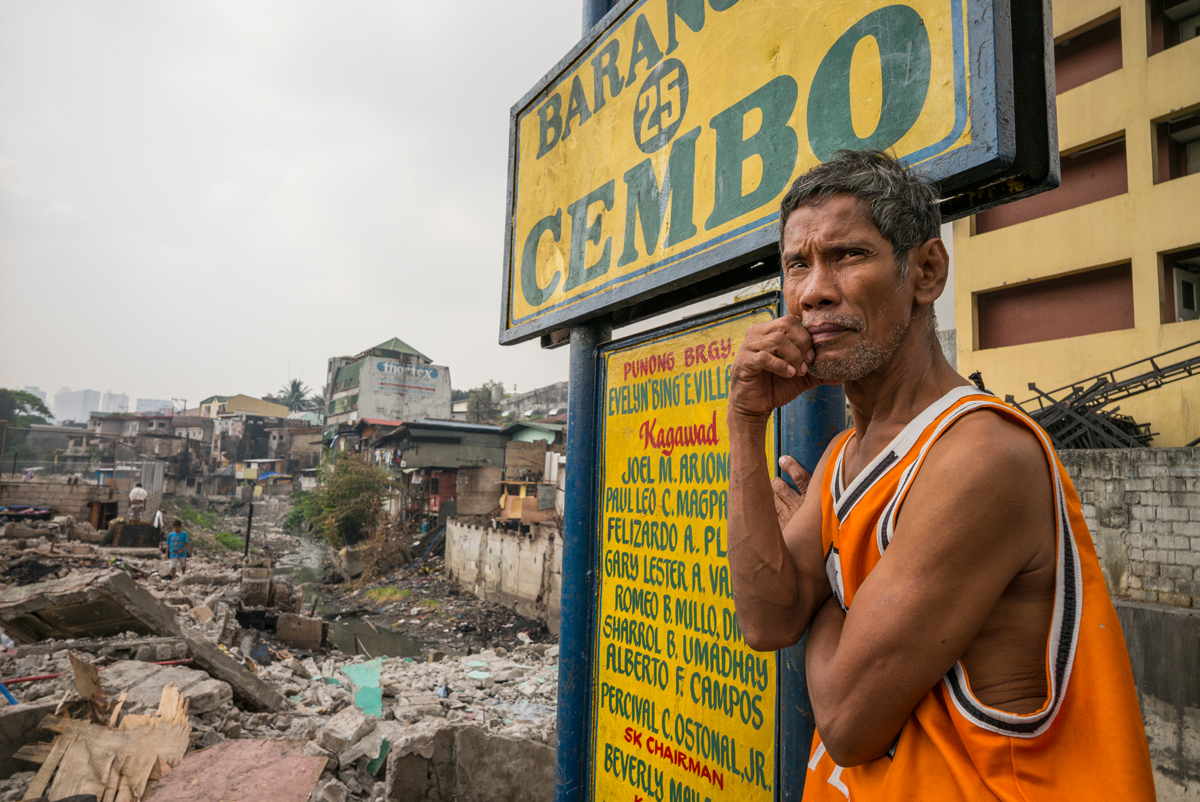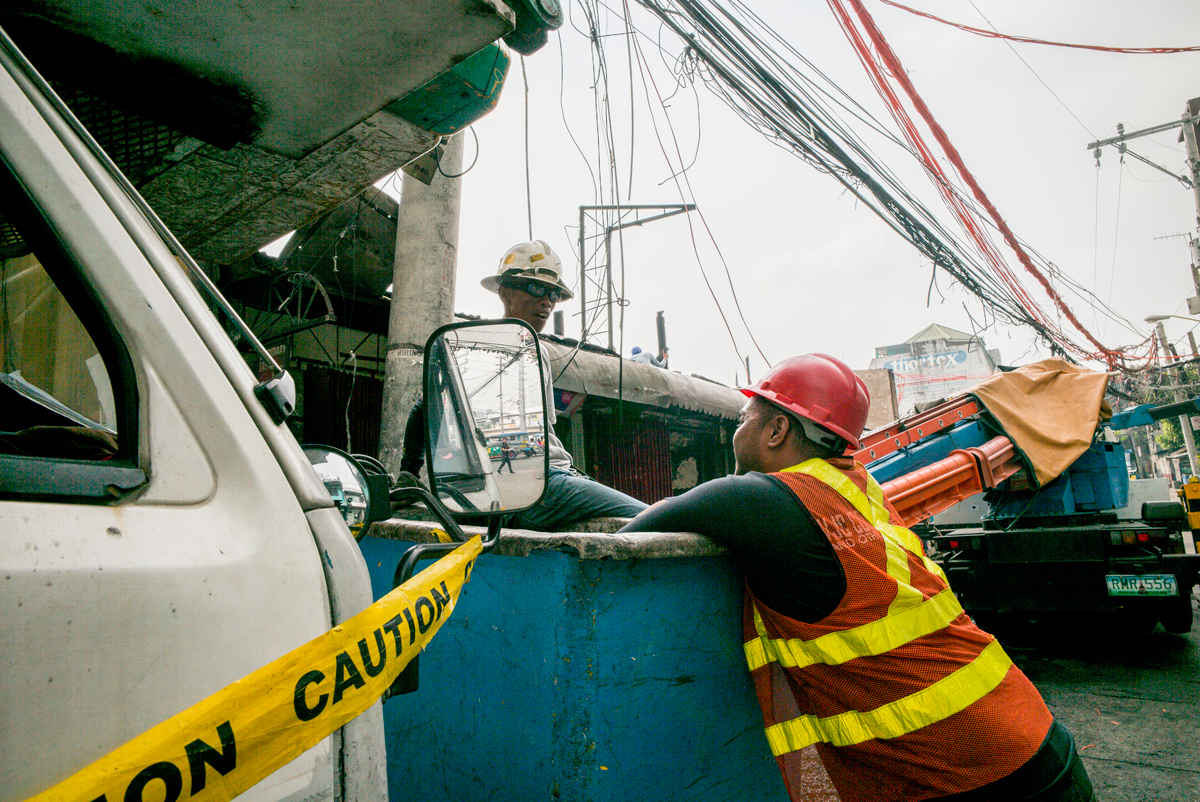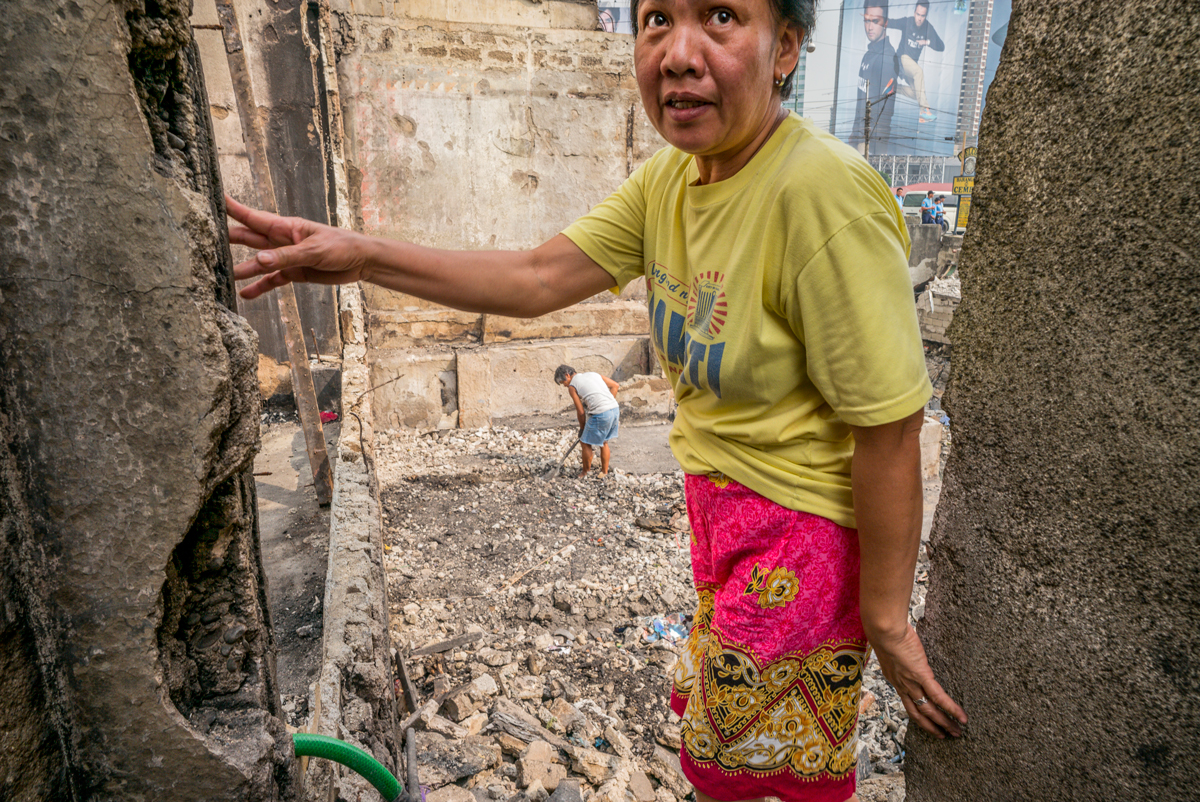Music and the Photographic Life
Photography and music. One appeals to the visual sense, the other, an auditory response. Although they may be different mediums, each has the power to hold a permanent placeholder of time, location and emotion in our memory.
Since we’re always closing in on some photographic experience, project or job, it’s fun to put together a short list of some our favorite song titles that relate to the experience of being a part of the photography world. Here’s an abridged version of a photographer’s playlist:
Eight Days A Week. Have camera, will travel. Especially the closer you get to deadlines.
Learning To Fly. Las Vegas, Phoenix, Chicago, Los Angeles, Oslo, Manila, Singapore and Hong Kong … it’s safe to say it’s been fun getting to know you really well.
Just My Imagination. Or is it just my impression that the client is really interested in micro-managing every photo … or none at all? And why aren’t there more of the latter?
My Ever Changing Mood. Waiting for final approvals.
Signed, Sealed and Delivered. Phew! Another shoot is in the bag.
If You Don’t Know Me By Now. Have ‘Faith’, it’ll get finished. We’ve done this before.
All I Wanna Do. It’s an hour before the shoot and what can go wrong will go wrong.
Can’t You Hear Me Knocking. How long can a shoot last?
Give It Away. This one is self-explanatory. Give it away, give it away, give it away now. Everyone has a camera phone, so why isn’t everything free?
Fake Plastic Trees. Waterfalls, palm trees, clowns and magicians … the circus has nothing on what goes on in the make-believe land of photoshop and photoshopped photographs.
Wonderwall. The look on a client’s face when the photo truly hits the mark. Large prints … here’s looking at you.
Supermassive Black Hole. We did have a budget.
The Song Remains The Same. Hey you, the value of great photography non-believer, we’ve heard that one about generic stock photos too many times.
Late Registration. Even Kanye’s going to rant about the deadline on this one.
Get Up Stand Up. Glad we brought comfortable shoes.
Pump It. Publish those photos online, on social media, in print or in trade shows. You’re ready to rock.
Feel free to make your own list. ;)
Photography and music. One appeals to the visual sense, the other, an auditory response. Although they may be different mediums, each has the power to hold a permanent placeholder of time, location and emotion in our memory.
Since we’re always closing in on some photographic experience, project or job, it’s fun to put together a short list of some our favorite song titles that relate to the experience of being a part of the photography world. Here’s an abridged version of a photographer’s playlist:
Eight Days A Week. Have camera, will travel. Especially the closer you get to deadlines.
Learning To Fly. Las Vegas, Phoenix, Chicago, Los Angeles, Oslo, Manila, Singapore and Hong Kong … it’s safe to say it’s been fun getting to know you really well.
Just My Imagination. Or is it just my impression that the client is really interested in micro-managing every photo … or none at all? And why aren’t there more of the latter?
My Ever Changing Mood. Waiting for final approvals.
Signed, Sealed and Delivered. Phew! Another shoot is in the bag.
If You Don’t Know Me By Now. Have ‘Faith’, it’ll get finished. We’ve done this before.
All I Wanna Do. It’s an hour before the shoot and what can go wrong will go wrong.
Can’t You Hear Me Knocking. How long can a shoot last?
Give It Away. This one is self-explanatory. Give it away, give it away, give it away now. Everyone has a camera phone, so why isn’t everything free?
Fake Plastic Trees. Waterfalls, palm trees, clowns and magicians … the circus has nothing on what goes on in the make-believe land of photoshop and photoshopped photographs.
Wonderwall. The look on a client’s face when the photo truly hits the mark. Large prints … here’s looking at you.
Supermassive Black Hole. We did have a budget.
The Song Remains The Same. Hey you, the value of great photography non-believer, we’ve heard that one about generic stock photos too many times.
Late Registration. Even Kanye’s going to rant about the deadline on this one.
Get Up Stand Up. Glad we brought comfortable shoes.
Pump It. Publish those photos online, on social media, in print or in trade shows. You’re ready to rock.
Feel free to make your own list. ;)
Does your photography stand up to the courage of your convictions?
Does your photography stand up to the courage of your convictions? If you really think about it, you know. That’s the esoteric thing about creativity that inspires. You may not be able to define it, but your gut tells you when it works. It's often lyrical, hard to define and inexplainable, but you'll know it because you can feel it.
When you find it, hold on tight ... even as the pace and breadth of photographs taken and shared speeds along at an incomprehensible, ever-increasing rate.
Against this backdrop, some may tell you that standing out from the crowd is an art form. On the contrary, it is a willingness to listen to your inner voice that is most important. That inner voice will tell you when you are speaking with originality and authenticity.
Forget about fame, likes, fortune or celebrity (it is photography after all). Photography that is derivative, stale or is missing the passion of the photographer, fades as it is lost in the hidden-away, forgotten shoeboxes of time.
When you find your voice and photograph what matters most to you, your images will reflect your curiosity for and willingness to connect with your subjects. Learn to trust what you feel.
So again, does your photography stand up to the courage of your convictions?
If it doesn't, it’s time to dig a little deeper.
If does, the act of pushing the shutter will never be easier.
Harnessing All Of Your Creative Superpowers
Manila, Philippines, May, 2014.
In photography, the effort you make in defining your own creative vision can have a substantial impact on the end result of your images …
Attaining a fresh approach is equal parts … observation … inspiration … and application.
A strong creative photographer works to continually fine-tune his senses, filling his utility belt with the strategies and techniques necessary to return to that place where inspiration resides and application is achieved.
No matter who you are or your experience with photography, creativity is your opportunity to share your unique vision. In a world inundated with photographs, images with a creative flair resonate.
With that in mind, here’s a list of creative superpowers that you can continue to refine to keep yourself at the top of your game:
- Focus – Find the right environment or situations that provide you with laser-like focus
- Vision – Insight is gained by seeing through the eyes of others; spend time in the environment you are photographing and the people with which you wish to make a connection
- Knowledge – The broader and deeper the vein of information you mine about a setting, situation or subject, the more potential insight you have to deliver to your audience
- Fearlessness – Don’t be afraid to step out on a ledge, peak in a doorway or step into a dark alley. Get out early. Stay later. Shoot from a lower angle. The risks are higher. But so are the rewards
- Tenacity – Be willing to push forward, past what is easiest and most obvious
- Observation – You can’t comprehend the big picture until you are willing to grasp the details
- Communication – Understand that communication is the key component in getting your idea, concept or photographic project off the ground and eventually conveying what you see to others in the form of photographs
- Passion – We’re so much more committed to the things that we love to do; make all of your efforts something that you love to do
- Faith – The leap of faith metaphor is a strong one. There’s a reason why it resonates
- Implementation – Learn to love the execution as much as the ideation and your creative ideas and images will soar
Don't Be Afraid to Express Your Inner 'Creative' Vision
Looking for your creative vision? Find your sponge-like inner child that simply reacts. That part of you that is a keen observer reaching out to the world as it unfolds in front of you.
A junkman and his son walk the street picking up discarded items. As they see me approach with my camera, the junkman quickly pulls out a broken meter that he has in his bag so that he can pretend he is taking my picture.
-- Manila, Philippines
A young couple with two small children sat at the table next to us at our favorite local restaurant last evening. The younger of the two children sat in a high-chair at the head of the table intently drinking in his family and the world around him.
The father masterfully focused all that he could of a two-year-old’s attention on a tablet display screen. With amusement and dedication he’d draw a letter on the screen and place it in front of the boy. He’d draw a letter ‘J’ and the little boy would gleefully yell out … ‘S’. He’d erase the ‘J’ and replace it with a letter ‘T’ and the little boy would yell out … ‘R’. This went on for nearly ten minutes. Not once did the little boy guess the right answer. Neither the father nor the child minded. The game finally ended when our section of the restaurant erupted in laughs and knowing understanding.
Photographic creativity is a lot like that. The more that you try to define it, the more that it just happens as you become fully realized … participating in life as it engages you. Like the mind of a child, a photographer pushes the shutter in an attempt to express what he sees in front of him before it slips away. Sometimes he gets it all wrong. But many times the purity of the attempt produces his greatest work.
Looking for your creative vision? Find your sponge-like inner child that simply reacts. That part of you that is a keen observer reaching out to the world as it unfolds in front of you.
When you step out on the street, don't forget to bring your Cheerios, juice boxes or whatever it takes to keep a fresh and childlike view of the world.
kk
Early Morning Shots
If I were to drink all of the shots that were offered to me on a daily basis while wandering through the neighborhoods of Manila, my images would be tilted at a permanent 45 degree angle. Plus, 7am is a little too early for Emperador Light.
Three cheers for Filipino barrio hospitality and thrill of meeting and connecting with all the new people that you meet on a daily basis while wandering the streets with a camera in-hand.
Drink-up all you early risers.
Tearing Us Apart
Rapid urbanization occurs in developing countries like the Philippines as people from the countryside move to large cities like Manila with the hope of finding jobs that will provide them with an income that can lift the economic status of their families in their home provinces.
However, once they migrate to Manila, which has one of the largest population densities on earth, they soon discover that it is difficult to find a place to live.
With little or no income in hand or relatives that they can impose on, many are drawn to the only housing that they can afford. Often they end up in one of the many squatter villages that populate metro Manila.
Thrown together with cheap construction materials and little sanitation, these little villages spring up wherever their is undeveloped, abandoned or government property. Most end up being located in undesirable and dangerous locations that are subject to floods, earthquakes, fire or crime.
Metro Manila’s newest residents send most of the money they make in their new jobs home to their families in the provinces. With the little left-over money that they keep for themselves as drivers, maids, vegetable sellers, laborers, etc., they soon find that it is difficult to raise their economic status enough to move out of the squatter villages. They soon become long-term residents building tight-knit communities with their new neighbors.
Over the past several years, the Philippine government has been trying to relocate some of the residents that live along the most dangerous waterways that become flooded during the rainy season.
Many deaths each year during typhoon season can be attributed to informal settlements that line the city’s waterways.
Today I wandered into one of my favorite neighborhoods near JP Rizal Avenue and discovered that after giving the residents several weeks notice, their former homes were burned to the ground and demolished to eliminate the safety risk.
The residents were in the process of being relocated to government housing that was being built for them in Cavite nearly 50 kilometers away from Manila.
As some of the former residents scrounged through the rubble for things they might have forgotten, scrap material that could be resold or simply stared at what used to be their neighborhood, most communicated the sentiment that they would be back in Manila … most likely in another squatter village.
With few jobs in Cavite, they voiced their need to be back in Manila as soon as possible to continue to earn the money necessary to support their families that depend on them in their home provinces.
Kurt William Kamka Blog
Charting a creative life well lived. Creative observations and short, random photographic and documentary stories that I encounter on my walks through the streets.
Latest Posts

Photography and music. One appeals to the visual sense, the other, an auditory response. Although they may be different mediums, each has the power to hold a permanent placeholder of time, location and emotion in our memory.
Since we’re always closing in on some photographic experience, project or job, it’s fun to put together a short list of some our favorite song titles that relate to the experience of being a part of the photography world. Here’s an abridged version of a photographer’s playlist:
Eight Days A Week. Have camera, will travel. Especially the closer you get to deadlines.
Learning To Fly. Las Vegas, Phoenix, Chicago, Los Angeles, Oslo, Manila, Singapore and Hong Kong … it’s safe to say it’s been fun getting to know you really well.
Just My Imagination. Or is it just my impression that the client is really interested in micro-managing every photo … or none at all? And why aren’t there more of the latter?
My Ever Changing Mood. Waiting for final approvals.
Signed, Sealed and Delivered. Phew! Another shoot is in the bag.
If You Don’t Know Me By Now. Have ‘Faith’, it’ll get finished. We’ve done this before.
All I Wanna Do. It’s an hour before the shoot and what can go wrong will go wrong.
Can’t You Hear Me Knocking. How long can a shoot last?
Give It Away. This one is self-explanatory. Give it away, give it away, give it away now. Everyone has a camera phone, so why isn’t everything free?
Fake Plastic Trees. Waterfalls, palm trees, clowns and magicians … the circus has nothing on what goes on in the make-believe land of photoshop and photoshopped photographs.
Wonderwall. The look on a client’s face when the photo truly hits the mark. Large prints … here’s looking at you.
Supermassive Black Hole. We did have a budget.
The Song Remains The Same. Hey you, the value of great photography non-believer, we’ve heard that one about generic stock photos too many times.
Late Registration. Even Kanye’s going to rant about the deadline on this one.
Get Up Stand Up. Glad we brought comfortable shoes.
Pump It. Publish those photos online, on social media, in print or in trade shows. You’re ready to rock.
Feel free to make your own list. ;)

